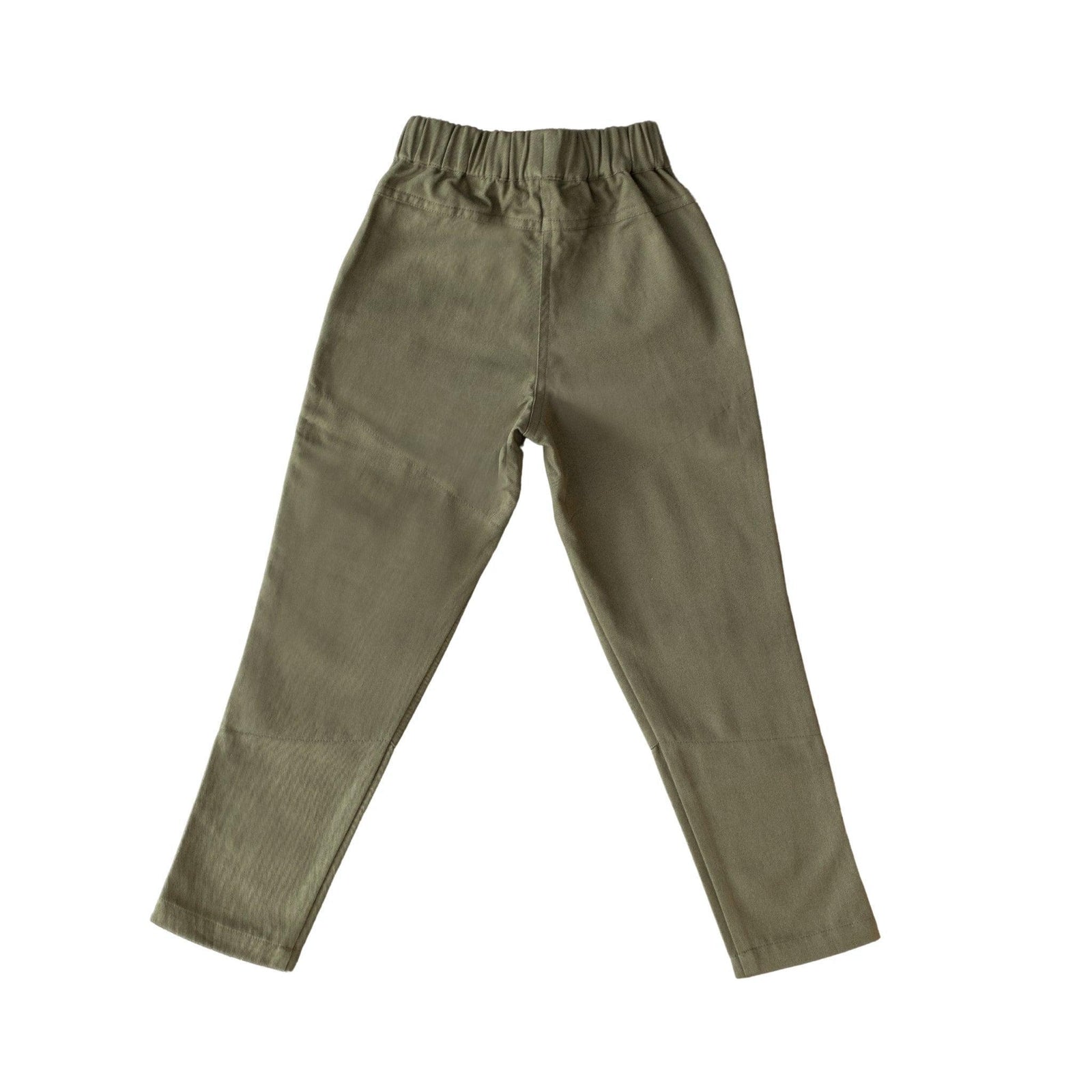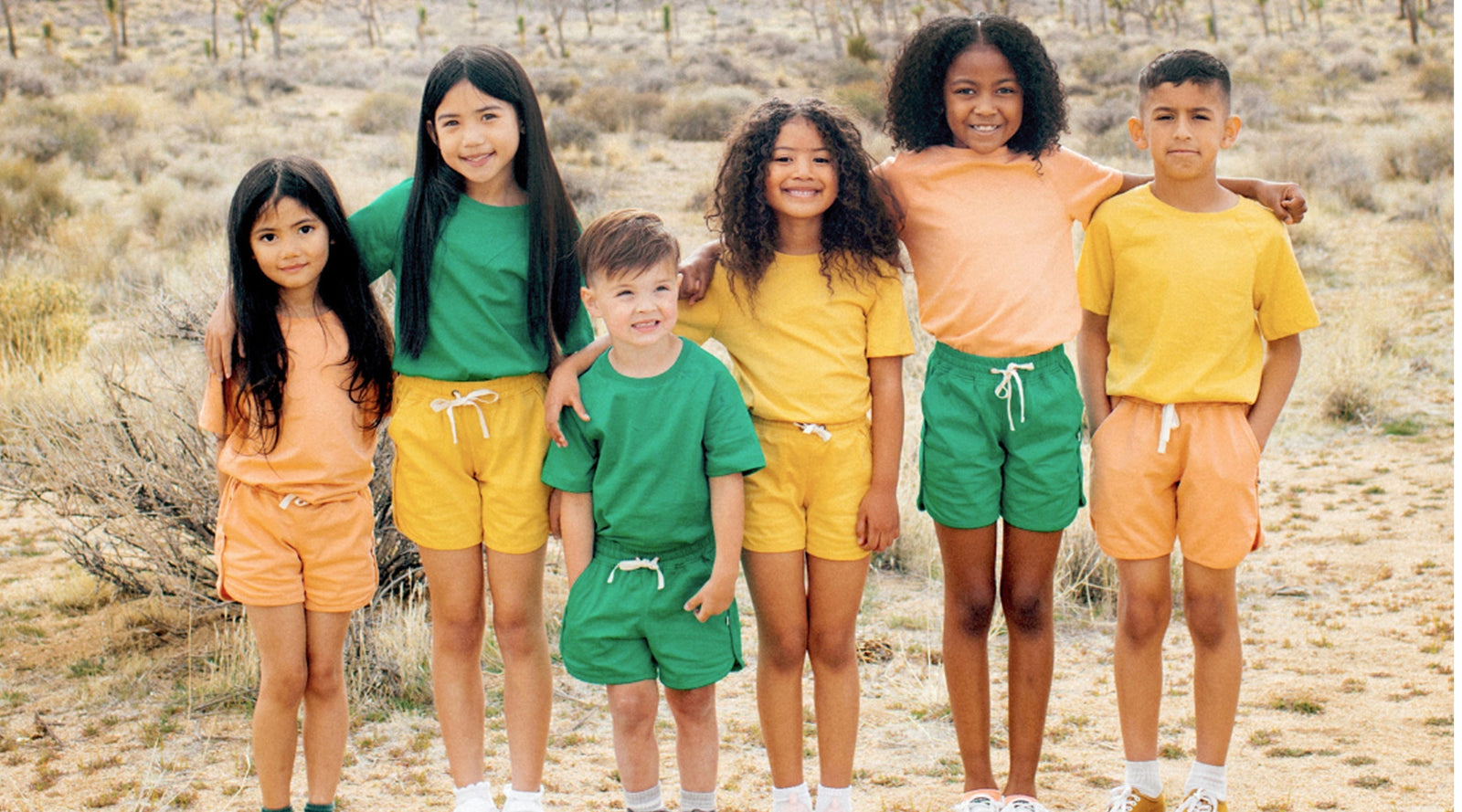FREE SHIPPING ON ALL US ORDERS OVER $150
FREE SHIPPING ON ALL US ORDERS OVER $150

Uncovering the Truth About PFAS
March 17, 2023 5 min read
Understanding the Risks and Impact on Our Health and Environment
The “forever chemicals” known as PFAS have been all over the news lately. From NPR, to the New York Times, to Time, these noxious chemicals are getting a lot of attention. But what do parents need to know about forever chemicals in order to protect their children? In this post, we’ll break down what forever chemicals are, what PFAS means and what they are used for, where you can find PFAS in the home (and where your kids play), the harmful effects of PFAS, and how you can limit exposure.
What are Forever Chemicals?
Toxic. Synthetic. Dangerous. These are the words that come to mind with forever chemicals.
Forever chemicals are human-made compounds that break down slowly and accumulate in humans. It is because of this slow breakdown that they are called “forever chemicals”. The technical term for them is PFAS.
What are PFAS?
PFAS are “Per- and Polyfluoroalkalyl Substances.” It is a group of human-made chemicals often used to add a specific functionality to a product, like heat-resistance, oil-repellent, wrinkle-resistance, and more. Often they are applied as a coating on top of a fiber or fabric, but they can also be embedded within a product.
PFAS are not just one or two types of chemicals. There are thousands of them. Two varieties have been banned in Europe, and individual states are moving to ban them in the United States as well.
PFAS have been used in industry and consumer products since the 1940s, and as a consequence, have contaminated food, livestock feed, and drinking water. Traces of PFAS can be found in the bloodstream of humans and animals. These compounds do not break down in the environment and accumulate in our bodies over time as exposure rises, known as “bioaccumulating”.
One example of how long it would take for forever chemicals to break down in our bodies is that of a popular stain repellent used for carpets and clothing in the 1970s-1980s, called perfluorooctane sulphonic acid (PFOS). It would take approximately 400 years for our bodies to break down an amount of this chemical roughly the equivalent of a Tylenol tablet.This means it can still be found in the bloodstreams of many adults today!
How harmful are PFAS?
PFAS has a demonstrated impact on both humans and animals. According to the CDC and the EPA, some of the potential human health impacts:
- Increased cholesterol
- Decreased vaccine response in children
- Changes in liver enzymes
- Increased risk of preeclampsia in pregnant people
- Increased risk of prostate, kidney, and testicular cancer
- Small decrease in birth weight
- Decreased fertility
- Developmental delays in children
- Reduced immune system function
- Interference with natural hormone production
Currently we don’t know what level of PFAS exposure is “safe”, but we do know that it accumulates in the body over time, so reducing exposure is wise.
Where can you find PFAS at home and where kids play?
PFAS are everywhere and used in many products both at home and where kids play. Here are some key areas where you are likely to find PFAS in every-day products
- Menstrual Products
- Stain-Resistant, Wrinkle Resistant Clothing (including school uniforms)
- Umbrellas and Tents
- Backpacks
- Furniture
- Cleaning Products
- Food Packaging Materials
- Nonstick Cookware
- Paints, varnishes, sealants
- Personal Care Products (shampoo, dental floss, cosmetics)
- Toilet paper
- AstroTurf
PFAS in Textiles
Is PFAS really a problem in textiles? You bet. Actually, 50% of all PFAS use is from the textile sector.
Why are PFAS used so often in textiles? Largely, it’s because PFAS coatings offer some way to improve the product’s functionality by adding oil, water, wrinkle or dirt protection. They may also increase heat tolerance or strength. (Though I’ve personally heard from some industry insiders that testing about their effectiveness for these properties is hit or miss—meaning we may be using these dangerous coatings without a benefit!)
But textiles aren’t just the things we wear, they are the upholstery in our sofas, drapes, potholders, outdoor furniture, and more!
PFAS in Clothing
Water and stain resilience make these coatings particularly popular in outerwear. In our harried society, we are so pressed for time that we look for anything to make our lives easier. That’s why they are also often used in everyday clothes to add wrinkle or stain resilience.
Investigators recently dug into children’s products labeled as water or stain resistant, windproof or wrinkle resistant and found that 65% of them contained PFAS, and the highest concentrations were found in school uniforms. Interestingly, items labeled 100% cotton had the highest concentration of PFAS. Why would this be? My personal analysis of this is that cotton naturally wrinkles fairly quickly, and in order to make it “wrinkle resistant” a larger amount of chemicals need to be added to them.
How can we avoid or reduce exposure to PFAS?
The first step is simple: avoid products marketed as waterproof, wrinkle-resistant, or grease-resistant. For kid’s clothing, opt for natural fibers like organic cotton, linen and wool, which are not chemically treated. For example, GOTS organic cotton certification prohibits the use of PFAS.
For their outdoor gear, look for a “PFAS-free” or “PFC-Free” label on products or shop from companies that don’t use PFAS. REI is planning to phase out PFAS by 2024 due to consumer demand. Ecocult has put together a good list of companies that currently do not use PFAS for outdoor gear, unfortunately, a lot of those don’t make children’s clothing. Two brands that we know of that are PFC-free for kids are Fairechild and Frugi, you can always look for these on the secondhand market or buy-sell-trade groups.
According to Mamavation, the following brands were tested by the Silent Spring Institute, and found to have PFAS in the following products:
- Land’s End Boys School Uniform Pants
- Land’s End Girl’s Dress Shirt
- Land’s End Toddler School Uniform Mesh Polo
- Columbia Kid’s Pants
- Old Navy Girls School Uniform Shirt
- Children’s Place Pants
- Gap Baby Jeggings
- George Boys School Uniform Twill Pants
- Snug Bub Baby Onesie
- REI Girl’s Shorts
For non-clothing items, EWG's Skin Deep database and Healthy Living app helps find products that may contain PFAS, and avoid using those in which they're listed as an ingredient.
Ultimately, it is essential that we, as parents, are armed with necessary information to make the best decisions for our children. The ability to research and educate ourselves is one of the many advantages of being a modern parent. We all want one thing and that is for our children to have the brightest future possible and one way of doing this is by providing them with a safe and healthy environment. When we make better purchases and advocate (and vote!) for legislation or regulations that put health and safety first, then we can make a positive impact for our kids and future generations.

We think they'll love...
Meet the styles families love most. Our best-selling kids’ clothes are crafted from organic, sustainable fabrics and built to last through countless adventures—then passed on through our TradeUp program.
Get 15% off
Get 15% off your first order along with early access to new products and exclusive deals when you join our list!
Sign up to get the latest on sales, new releases and more …








































